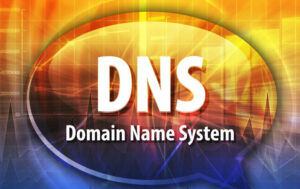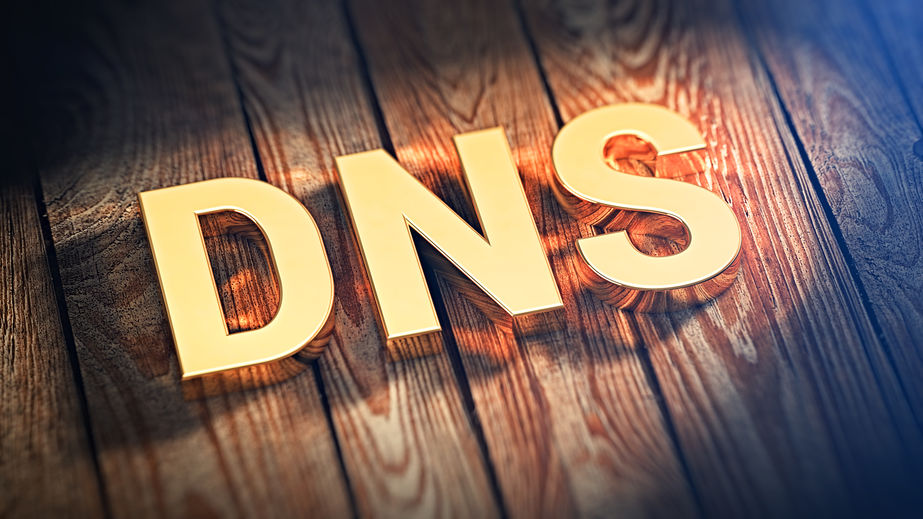Having an online business pushes us to get the best out of technology to increase our chances of succeeding. Every network protocol, software, hardware, or tool can become a key component in our strategy if we know how to utilize its possibilities.
That said, let’s talk about Backup DNS (Secondary DNS) as a first step for understanding its benefits.
What’s Backup (Secondary DNS)?
If there is a second, indeed, there must be a first. Shortly said, Master, also called Primary DNS, saves the original DNS records belonging to a domain. When you add or modify DNS records configurations, Primary DNS is the place for doing that.
Backup or Secondary DNS is a server or servers, holding a copy of all domain’s data (DNS records included). That copy is directly obtained from the Master or Primary DNS. The copy is not editable. It works just for reading it. Editions or additions can only be made in the Primary DNS and propagate to the Secondary DNS.
Why do you need a Secondary DNS server?
Continue reading “Benefits of using Backup DNS (Secondary DNS)”



